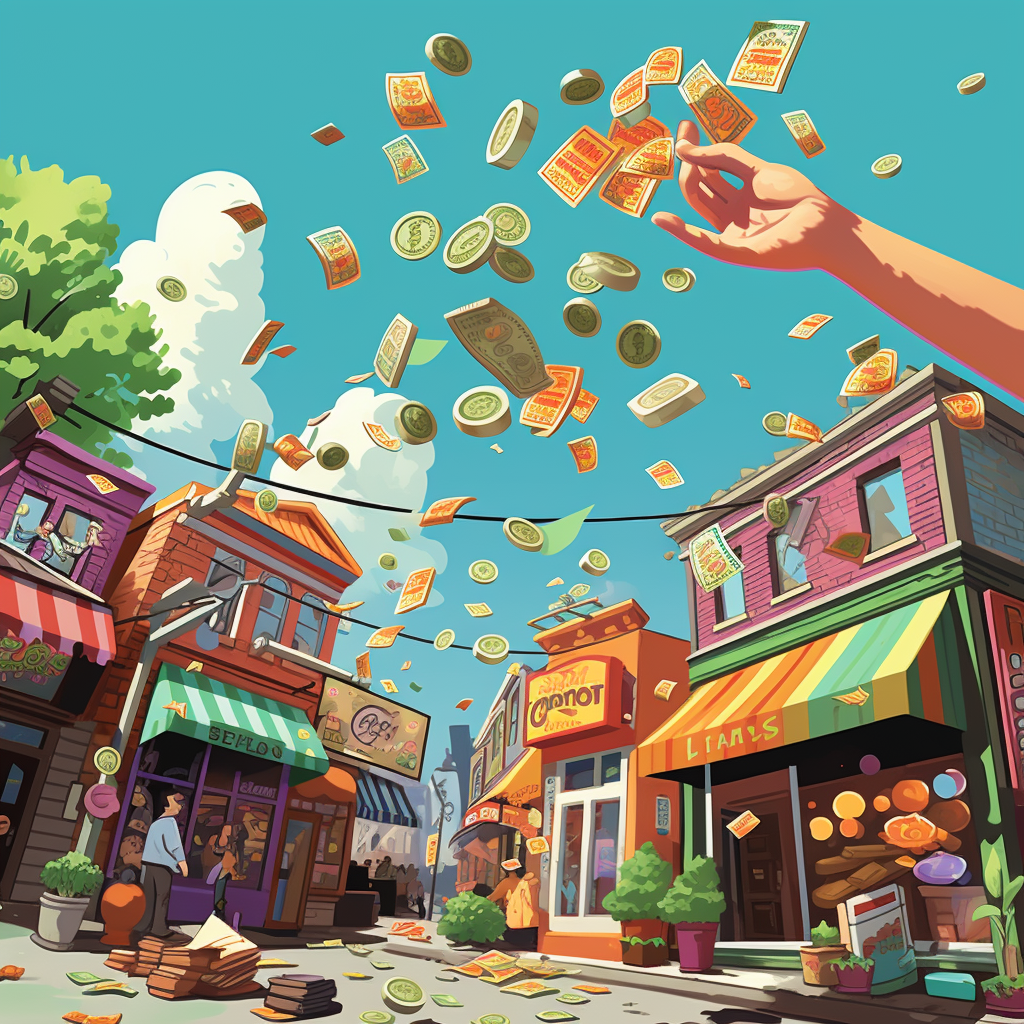What Makes a Successful Grant Application? 3 Case Studies Reveal the Answer

Are you looking to secure a grant for your organization or project? While grant funding is crucial to the survival and success of most nonprofits, the process of capturing grant funding can be highly competitive. However, don’t worry, we’ve got you covered. In this article, we will explore successful grant applications and provide insights into the process and strategies employed.We will delve into the world of successful grant applications, exploring real-life case studies that highlight the strategies and tactics that led to their success. By following these steps and incorporating them into your grant application process, you can create a winning proposal.
Case Study 1: The Power of Collaboration
Our first case study involves a non-profit organization that secured a substantial grant for a community development project. The key to their success was collaboration. They partnered with local businesses, government agencies, and other non-profits to demonstrate broad community support and a strong commitment to their project.
The local businesses provided financial support and in-kind donations. The government agencies offered technical assistance and regulatory expertise. The other non-profits shared their knowledge of community development and their networks of supporters.
The project leaders also worked hard to build relationships with potential funders. They met with individual donors and attended grant-making workshops. They made sure to tailor their message to each funder, highlighting the specific benefits that their project would offer.
In the end, the project leaders’ hard work paid off. They secured a substantial grant that helped them move forward with their community development project. This project is a great example of how collaboration can help non-profit organizations achieve their goals.
Case Study 2: Leveraging Data
The second case study focuses on a research institution that won a grant for a scientific study. They leveraged data to build a compelling case for their project. By presenting solid preliminary data and demonstrating the potential impact of their research, they convinced the grantor of the project’s significance.
The research institution knew that they would need to present strong evidence to support their grant application. They gathered data from previous research, conducted their own experiments, and analyzed the results. This data helped them to identify a clear problem that their research could solve. It also showed the potential benefits of their research, both in terms of scientific knowledge and real-world impact.
They also made sure to present their data in a clear and concise way. They used graphs, charts, and other visuals to help the grantor understand their findings. They also wrote clear and concise explanations of their data and its implications.
In the end, the research institution’s strong data presentation helped them to win the grant. This grant allowed them to continue their research and make a significant contribution to their field.
Case Study 3: Storytelling for Impact
The final case study is about a small arts organization that secured a grant for a cultural preservation project. They used storytelling to make their application stand out. By sharing the personal stories of the people their project would benefit, they created an emotional connection with the grantor and demonstrated the impact of their project in a powerful and memorable way.
They realized that they would need to do something unique to stand out from the other grant applicants. They decided to use storytelling to share the personal stories of the people their project would benefit. They interviewed people who were involved in the arts community and asked them to share their stories about how the arts had impacted their lives. These stories were heartbreaking, inspiring, and heartwarming. They showed the grantor the real-life impact that the arts could have on people’s lives.
The arts organization also made sure to tailor their storytelling to the specific interests of the grantor. They knew that the grantor was passionate about cultural preservation, so they focused on stories that highlighted the importance of preserving the arts in the community. They also made sure to use strong visuals to help the grantor connect with the stories.
The arts organization’s use of storytelling helped them to win the grant. This grant allowed them to continue their cultural preservation work and make a lasting impact on their community.
How Can I Learn From Them?
These case studies illustrate that there’s no one-size-fits-all approach to successful grant applications. However, a common thread among all successful applications is a clear, compelling narrative that highlights the project’s impact and value. So, whether you’re applying for a small local grant or a large federal one, remember to tell your story in a way that resonates with the grantor.






